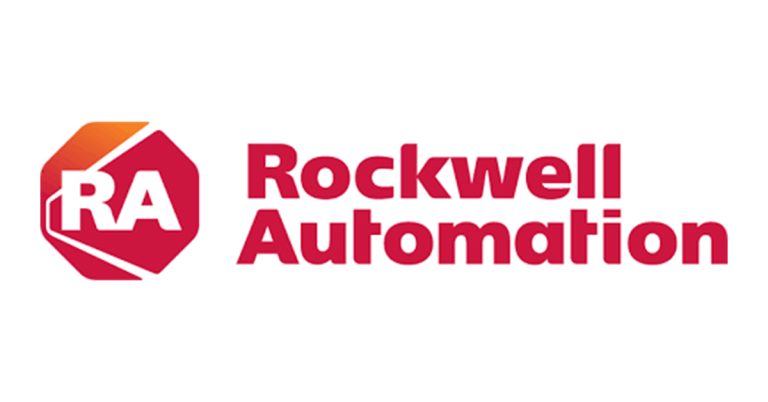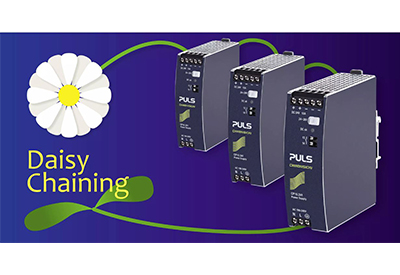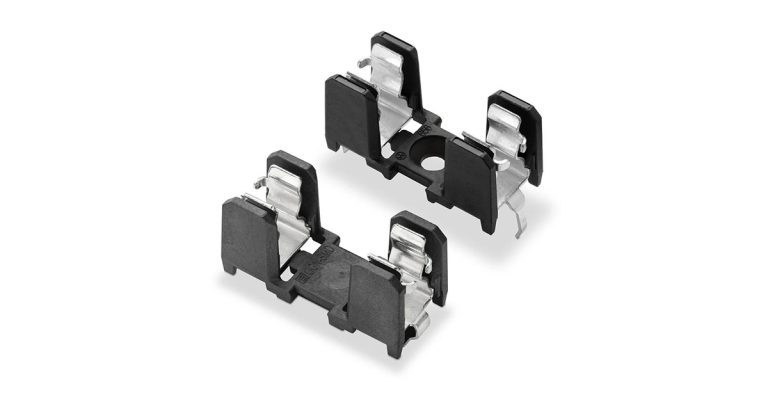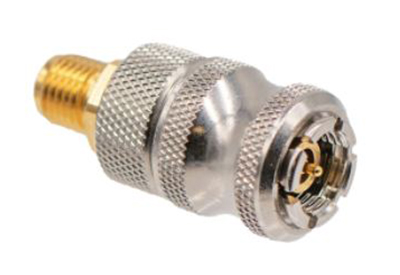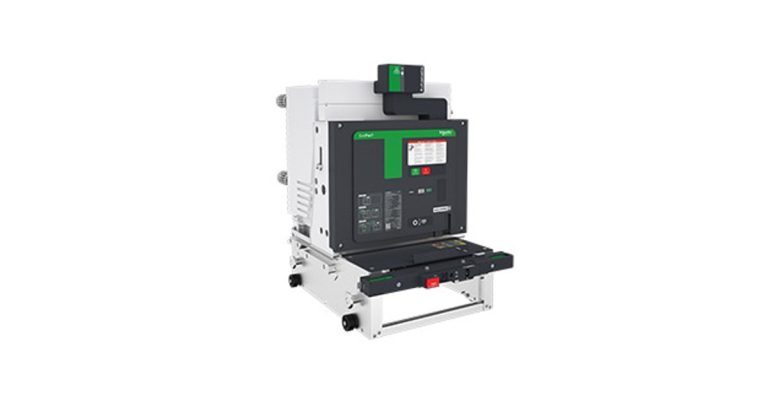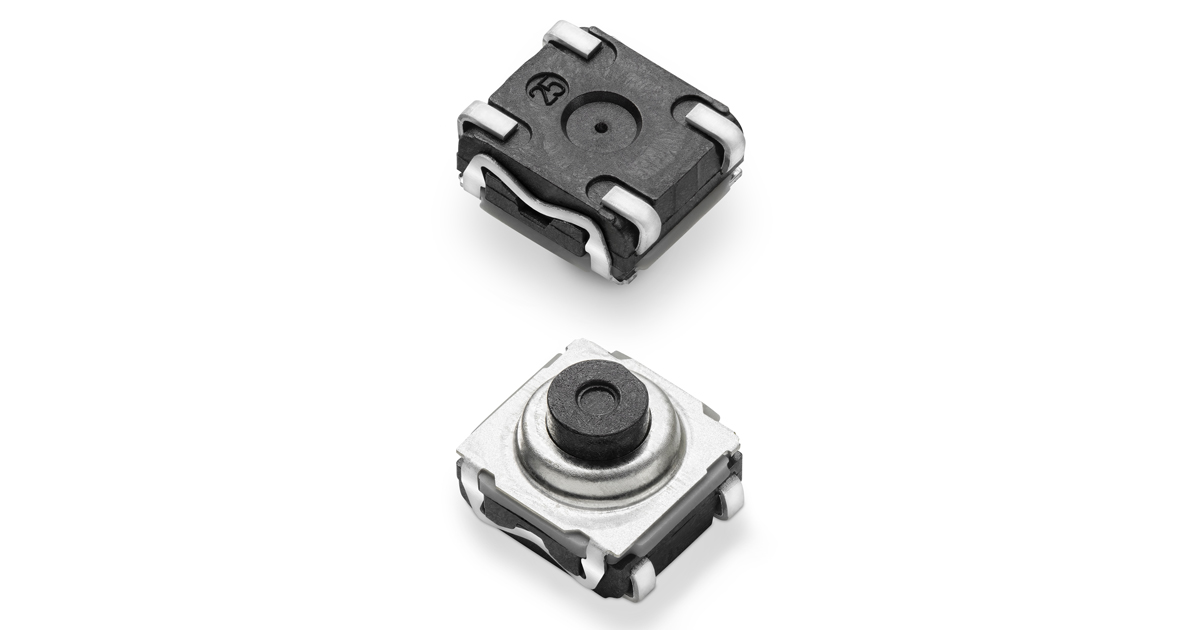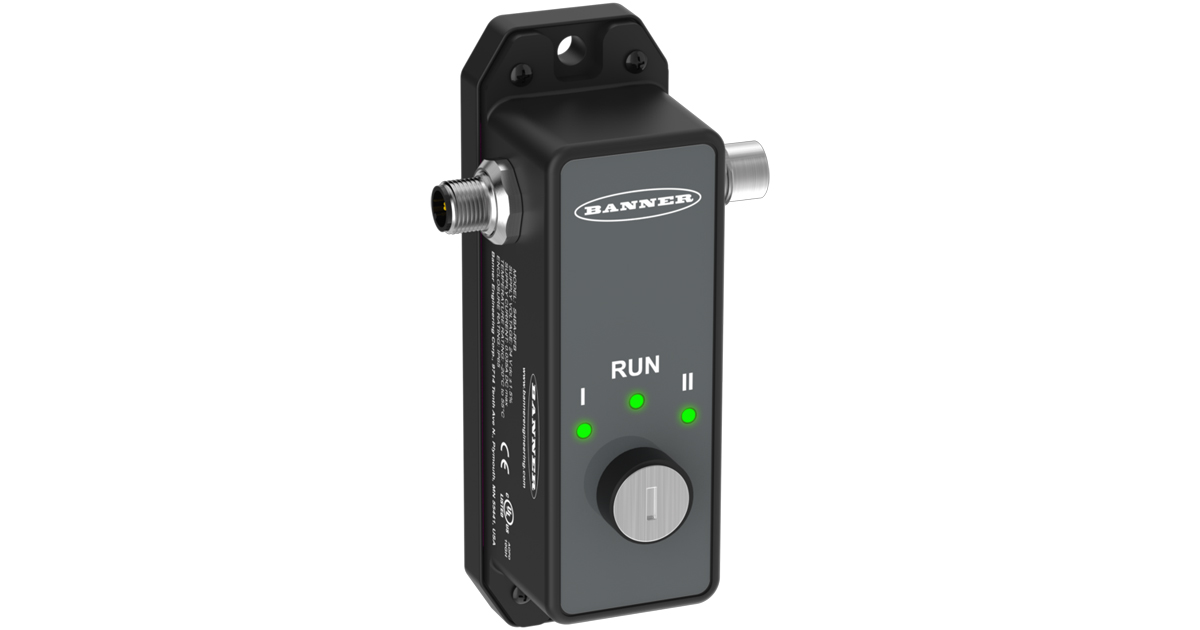Liquid Cooling vs. Immersion Cooling Deployment

October 6, 2020
Immersion Cooling: A Great Idea, Just Probably Not for You
Immersion cooling, first commercialized in the early 2000s, has generated a lot of attention and a host of eager advocates over the years. Compared to the more traditional liquid cooling solutions bringing cooling to IT appliances or directly onto the chips, immersion cooling essentially gives it a bath, submerging the equipment – lock, stock and barrel – into a pool of dielectric fluid.
Sounds pretty “cool”…but is this the right solution for thermal management of equipment in your data center?
Let’s review some of the pros and cons of immersion cooling and where it’s best deployed.
Pros & Cons of Immersion Cooling
Simply put, immersion cooling is a very effective and safe way to remove heat from IT equipment – there’s no denying that. But in a very real sense, immersion cooling is “over qualified” for today’s data centers; they simply don’t need as much heat removal capacity as these systems are capable of. In fact, the only “right” application for an immersion system is in those rare high-performance computing (HPC) environments that deploy large numbers of servers with densities starting at 100kW per rack; for everyone else, it just doesn’t make sense. A rarified environment to be sure, supporting cryptocurrency, global on-line gaming (MMORPG) and on-line gambling and maybe mixed in with the highest performing super computer clusters.
Even when evaluating system capacities quoted by the immersion system vendors – 100kW – other high density, liquid cooling options (with specific system types that include in-rack, direct to chip, close coupled, closed loop, open loop, etc.) may provide the more practical option. And just how often will that much load be generated in a SINGLE enclosure? The bulk of traditional IT loads still remain in the 10-12kW range. Close coupled systems installed in a row along with IT enclosures can support higher densities, up to 60-75kW. Unless you are one of those extremely high density niche applications, there simply is no need for a solution as specialized as immersion cooling.
In addition to providing excessive heat removal capacities than today’s applications require, there are further considerations that can make immersion a challenging solution:
- – Modified hardware. Immersion cooling requires hardware to be modified to withstand submersion in fluid. Vendors may choose to nullify service agreements for equipment that’s been retrofitted and submerged, as their products haven’t been designed or tested for this type of use
- – Cost. When comparing costs, the total price tag of an immersion system compared to aisle containment or liquid cooling must include all the individual cost components – for both the facility and infrastructure. Installation will require not only tanks and fluid, but pumps, chillers, filters, piping and sensors to meet proper data center design practices
- – Space requirements. An immersion system takes up more of the data center’s floor space than other methods, since the racks lay horizontally rather than vertically
- – Leaks, spills, mess. The prospect of immersion system leaks and spills has contributed to the slow adoption of this method (though to be fair, adoption of liquid methods were slow when first introduced, and today are universally considered safe). Servicing the system requires workspaces that are capable of containing drips and spills
- – Weight. Any data center retrofit to support immersion cooling should include a structural analysis to ensure that the floor can handle the weight of the equipment plus the fluid and tanks
These considerations may not be enough to summarily disregard immersion cooling; it certainly is an efficient method that delivers notable benefits and deserves the industry’s attention. It’s best use, however, is not deployed in today’s typical data center – it’s with the high density data centers. To quote one industry expert, deploying immersion cooling in an average data center “…is like buying a Maserati to drive two blocks to work and back every day – it’s overkill…very expensive overkill.”
A Better Alternative: Liquid Cooling
The other liquid cooling systems, encompassing several basic configurations, can provide highly efficient solutions for nearly any conceivable situation. These systems can be better suited to small and medium data centers, and can even be used in high density data centers, where per footprint loads can exceed 40-50kW, perhaps even near the “elusive” 100kW. These systems are particularly advantageous for small and medium-sized businesses that have on-premise servers mounted in one or more enclosures (even those in harsh, uncontrolled environments).
One of the most efficient types of liquid cooling is direct to chip (also referred to as direct-on-chip). In direct to chip cooling, a liquid coolant is brought via tubes directly to the chip, where it absorbs heat and removes it from the data hall. This method keeps processors at their optimal temperature at all times, under any load, in all climates. Its benefits include reduced energy consumption, increased processing capacity, reduced space usage, and improved uptime. With direct to chip technologies, data center owners can cool the highest powered chips pushing to 1,000 W and beyond.
And while we are on the topic of exotic cars…immersion cooling is a viable option, but so is a Lamborghini Urus SUV. Most of us, though will stick to our Ford Edges, Kia Sorrentos, maybe a nice Audi Q3. If you’re currently evaluating cooling methods, you owe it yourself to read about all types, including immersion. And you owe it to yourself to evaluate it against today’s other available cooling options. Odds are, you’ll see why the most practical decision today – and in the future – is liquid.
![]()
https://www.rittal.us/contents/liquid-cooling-vs-immersion-cooling-deployment/

